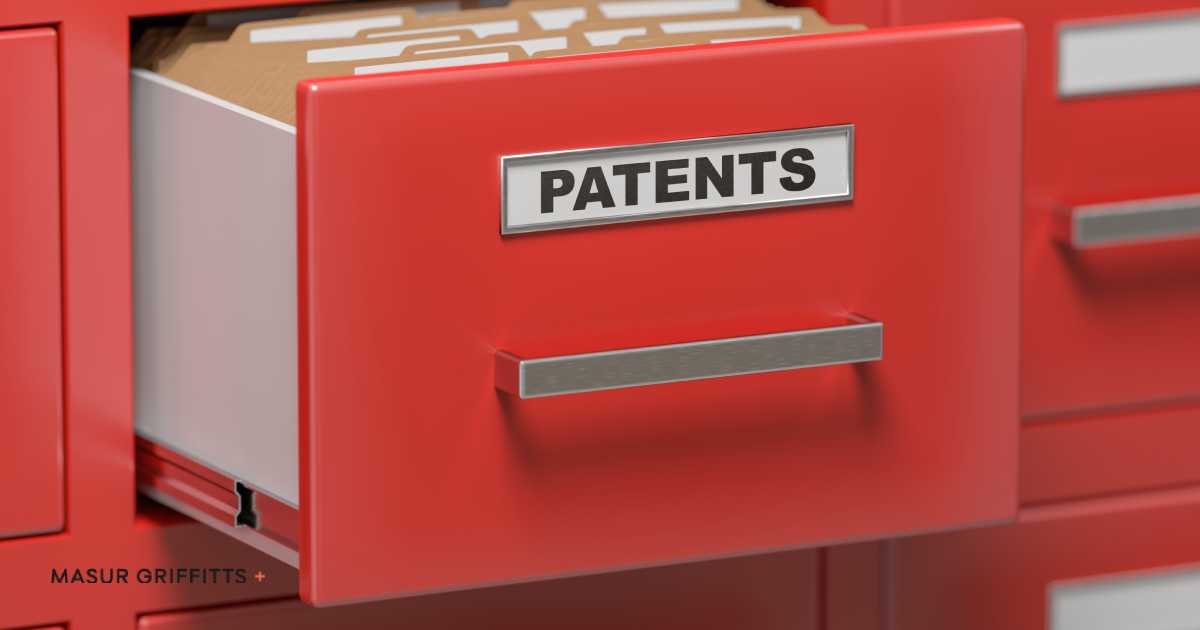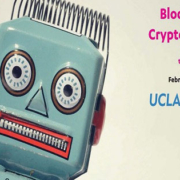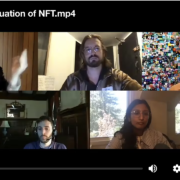Crypto Mom’s SEC Safe Harbor Proposal for New Token Offerings
By: Steven Masur and Cameron Ashby
During the 4th International Blockchain Congress in Chicago, Hester Pierce, Commissioner for the U.S. Securities and Exchange Commission (SEC) (aka, the “Crypto Mom”), announced the “Token Safe Harbor Proposal,” or the “Proposed Securities Act Rule 195 – Time-limited exemption for tokens,” (“Safe Harbor”). Up until now, token projects have grappled with the SEC’s stated viewpoint that most, if not all tokens are “investment contracts” and therefore, recognized as securities offerings under the Howey Test. Pierce’s Safe Harbor seeks to offer a “fix” for cryptocurrency projects that do not consider their tokens to be securities, and thus do not believe they must comply with the registration and disclosure requirements intended for the sale of securities.
Pierce aims to “fill the gap between regulation and decentralization” by giving utility token projects a three-year exemption from some federal securities laws, allowing them enough time to prove that their tokens are not securities, rather that they have developed into functional decentralized networks that have a function that falls outside the purview of the securities laws. After the grace period, the project’s development team must (1) determine whether their token transactions involve the offer or sale of a security and (2) confirm their tokens are actually in use to buy and sell the services for which they were intended.
Three-Year Grace Period from the First Sale
Currently, whether your token is intended to be a security or not, you have to comply with the relatively onerous and costly regulations intended to govern the sale of securities, for any US facing offering. Many believe that this puts any offering seeking American customers or buyers at a disadvantage to offerings that do not have American buyers. By extension, this also means that products and services freely available to people outside the US are not available to American citizens. The Safe Harbor is a step toward making it possible to legally launch a token offering in the US that is not intended to be a securities offering. To help achieve this, the SEC will provide network entrepreneurs the time to construct their networks before having to measure against a “decentralization yardstick.” Meaning, the SEC will allow new cryptocurrency projects to defer compliance with some federal securities laws, including the registration provisions of the Securities Act of 1933. However, the token development team must still meet certain conditions, including disclosing information about their project. Also, the antifraud provisions of the Securities Act of 1933 will still apply.
Tokens come with a wide variety of different attributes and exist in different types of ecosystems. Pierce clarifies the “Regulatory Catch-22,” of the offer and sale of tokens as they relate to federal securities laws, i.e. that a decentralized network that transcends the sale of securities and becomes something else can never develop if people cannot legally buy and sell the tokens. The token transactions would not be considered securities transactions if the network has matured into a decentralized or functioning network on which the token is in active use for the exchange of goods or services. Furthermore, some tokens may look like securities at launch, but can mature to the point where they no longer have the attributes of a security. Further, Commissioner Pierce states, “once the network cannot be controlled or unilaterally changed by a person, entity, or group of persons or entities, the token that operated on that network will not look like a security.” In other words, if the tokens are used to buy and sell actual intended services, securities laws will not apply.
Transparency
If the Safe Harbor is accepted, it would create strict disclosure requirements for cryptocurrency projects and how they could raise funds. Specifically, the project’s initial development team would need to raise funds strictly through a token sale, and put out necessary disclosures such as, public notices, code disclosures, personal disclosures, as well any necessary paperwork. These disclosures ensure that there is full transparency between the SEC and crypto projects within The Safe Harbor. Additionally, it would also require the development team to disclose the names, relevant experience, qualifications, attributes, and skills of each member. The number of tokens held by each member and any bonuses and rewards would also be presented. Investor protection will still remain a priority. Pierce says, “The safe harbor is also designed to protect token purchasers by requiring disclosures tailored to the needs of the purchasers and preserving the application of the anti-fraud provisions of the federal securities laws.” The concept is that enough information should be made available about a token so that any legitimate American buyer can make a rational purchase decision, and that any bad actor trying to use the Safe Harbor for nefarious purposes can be found and rooted out.
Life After the Safe Harbor
By the end of the three-year grace period, the project’s initial development team must have sufficiently matured the network, so that the tokens trading within it do not constitute securities. In other words, when the project’s initial development team no longer has to perform essential functions to ensure the token’s success. Unfortunately, the SEC has traditionally held the view that tokens are securities. Therefore, it is almost impossible to demonstrate the existence of a decentralized network if the token is not put into the hands of potential users either through direct issuance or secondary trading. Pierce looks to alter this by using “liquidity” and “secondary trading” as necessary tools for the success of the Safe Harbor. Pierce states,
“Admittedly, the liquidity condition may surprise observers of SEC staff positions in which attempts to facilitate secondary trading have been viewed as indicia of a securities offering. In the context of the safe harbor, by contrast, secondary trading is recognized as necessary both to get tokens into the hands of people that will use them and offer developers and people who provide services on the network a way to exchange their tokens for fiat or cryptocurrency.”
Even when a network remains centralized, securities laws will be inapplicable where the tokens are “actually in use to buy and sell the services for which they were intended.”
The Safe Harbor represents a bold proposal concerning digital asset regulation that could even the playing field between token offerings inside and outside the US. Furthermore, Pierce herself has welcomed feedback on the draft. But, since the Safe Harbor would be subject to approval by vote of the full Commission, as well as the often time-consuming SEC rule-making process, the American public will have to wait before a concrete directive is put into place. Nevertheless, the proposal is fair, well balanced, and a step in the right direction to allow American utility token offerings to compete on a level playing field with similar offerings from other countries.









